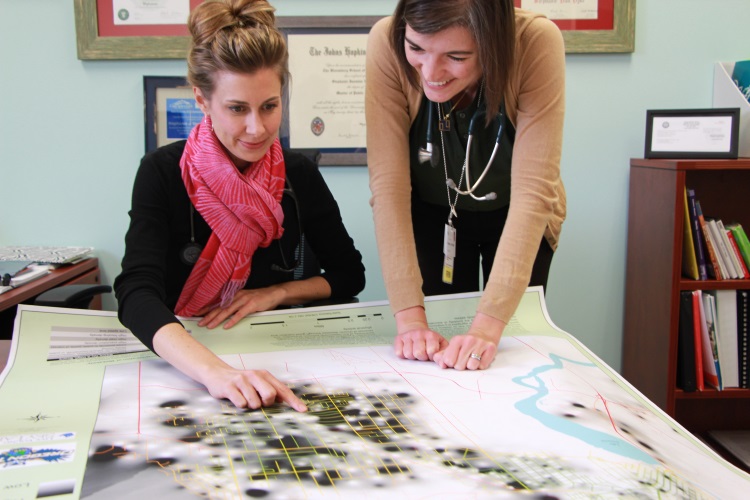 Tigard adopted a goal is to be the #1 walkable city in the Pacific Northwest. It is taking actions through various departments to promote walking.
Tigard adopted a goal is to be the #1 walkable city in the Pacific Northwest. It is taking actions through various departments to promote walking.
In Klamath Falls, the health community analyzed options and identified a separated bike lane as the project most likely to improve health.
In suburban Washington County, the County conducted a health impact assessment which identified a key bridge investment to connect a community to schools.
In Clackamas County, the County studied impacts of a safety effort on Highway 99E.
HEAL Cities lists more examples of cities working to promote transportation choice and smart land use planning in their plans.
In Klamath Falls, Roseburg, Grants Pass and The Dalles, the Blue Zones Project is working with cities to improve community health.